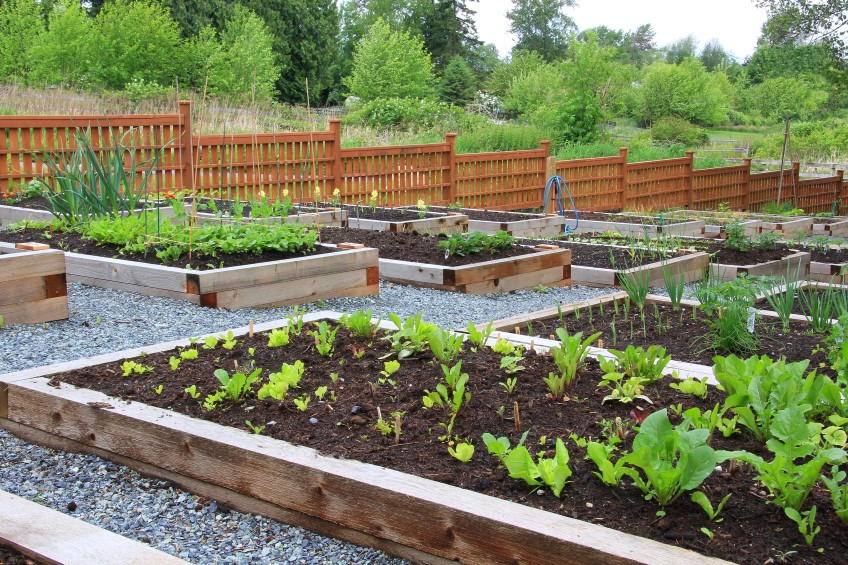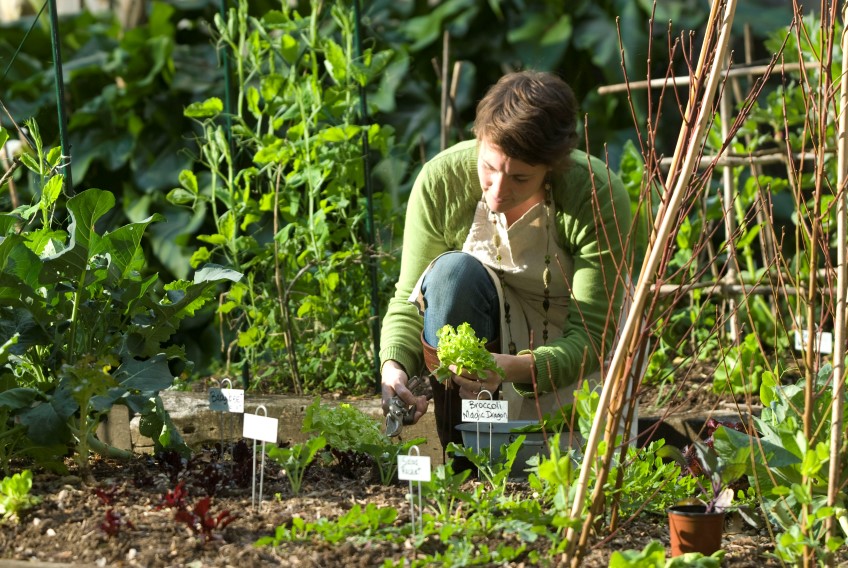Ever wanted to grow your own veggies but never knew where to start? Here are five steps to consider when starting a patch from scratch.
1. Position
When selecting a position for your veggie patch, chose an area with plenty of sun, protection from frosts and strong winds. Remember, an area with plenty
of sun in summer may have none in winter; do a bit of planning before making the final decision.
2. Garden bed construction
There are numerous ways to construct garden beds. A raised garden bed will provide extra soil depth and good drainage. Some of the popular materials for
constructing beds are H4 timber sleepers, besser blocks, straw bales and bricks. Corrugated water tanks are also very popular and fuss free.

Photo - photolibrary.com
3. Crop Rotation
Ideally you will have four separate garden plots or one plot divided into four areas. This allows you to practice crop rotation which is important for
reducing the incident of disease and nutrient deficiency. We like to divide our veggies into four separate rotation groups, these are - Beans &
Peas, Leafy Greens, Fruiting Veg, Roots and Stems.
4. Soil
In some instances the soil in your veggie garden area may already by quite good, only needing some improvement. In most cases you'll need to buy a good
veggie mix from your local landscape supplier. When starting a new patch, or in between crops, there are a few things we like to add such as - Compost,
Manure, Seaweed Pellets (Seamungus), Blood & Bone, Lime and Sulphate of Potash. All these things add vital nutrients and structure to the soil.
By doing this, the risk of a nutrient deficiency is greatly reduced.

Linda tending the vegetables. Photo - Scott Hawkins
4. Mulching and feeding
A thick layer of mulch over the veggie patch will do wonders for your plants. Mulch will discourage weeds, conserve moisture and reduce temperature fluctuations
in the soil. We like to use Sugar Cane or Lucerne mulch. As it ages, the mulch breaks down, adding organic matter and structure to the soil. Feed every
two weeks with a liquid fertiliser containing added seaweed such as Maxicrop, Harvest or Seasol & Powerfeed. You can alternate every two weeks
with Comfrey tea or Worm Wee which are full of chemical free nutrients. Organic pelleted fertilisers such as 'Rocket Fuel' and Dynamic lifter can be
applied every 2-3 months.
Text: Linda Ross